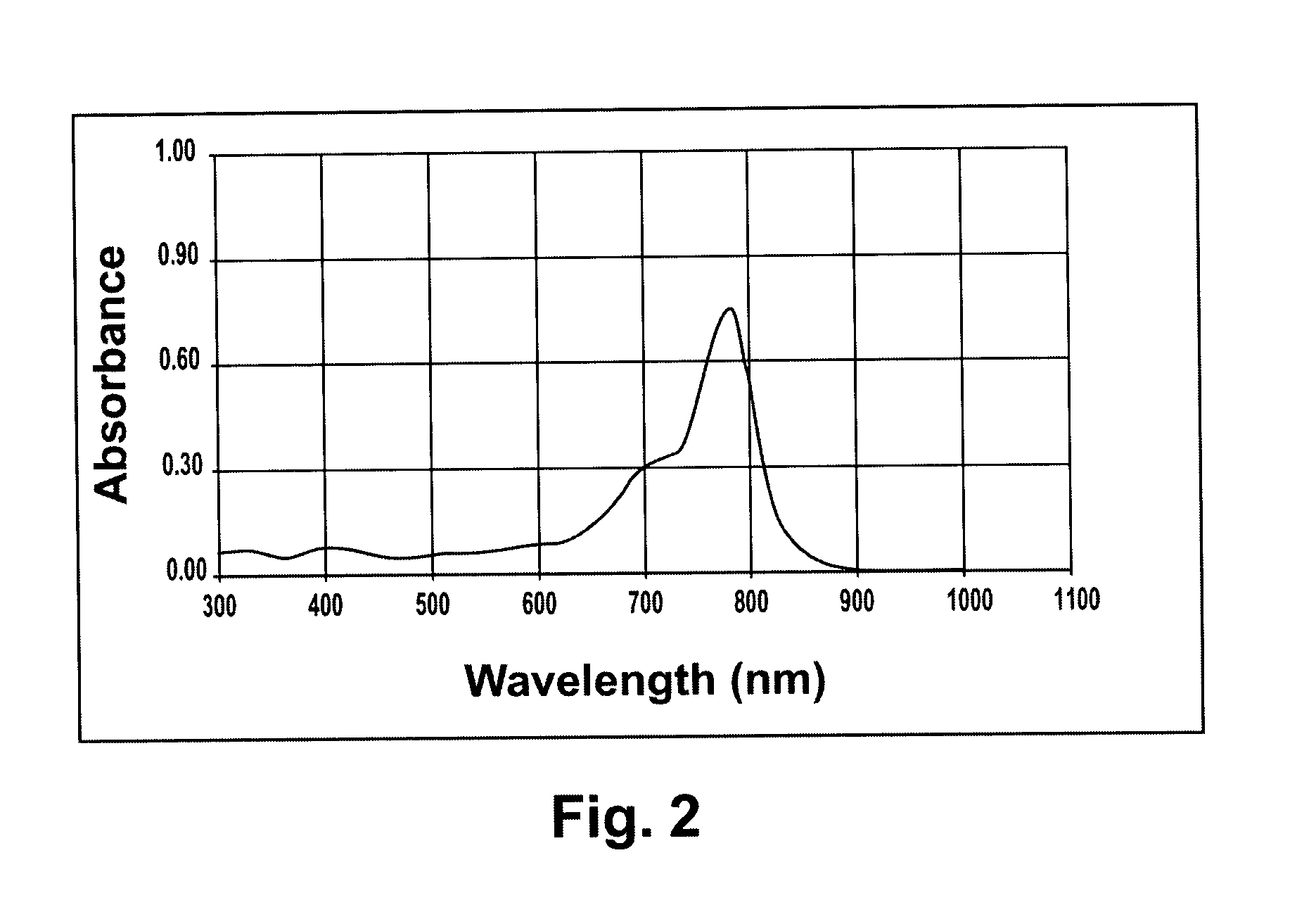Rapid and non-invasive optical detection of internal bleeding
- Summary
- Abstract
- Description
- Claims
- Application Information
AI Technical Summary
Benefits of technology
Problems solved by technology
Method used
Image
Examples
Embodiment Construction
The preferred embodiments of the present invention described below relate particularly to a non-invasive optical method and device for diagnosing internal bleeding or hemorrhage in a human body by detecting leaked blood comprising: administering a fluorescent compound parenterally; providing a light source having a light beam, wherein said light beam contains a wavelength absorbable by said fluorescent compound, wherein said light beam is illuminated at and transmitted through a tissue region into said human body; and after administering said fluorescent compound for a few minutes, analyzing a fluorescence signal produced from said fluorescent compound in said leaked blood for diagnosing the presence or absence of internal bleeding in said human body. While the description sets forth various embodiment specific details, it will be appreciated that the description is illustrative only and should not be construed in any way as limiting the invention. Furthermore, various applications...
PUM
 Login to View More
Login to View More Abstract
Description
Claims
Application Information
 Login to View More
Login to View More - R&D
- Intellectual Property
- Life Sciences
- Materials
- Tech Scout
- Unparalleled Data Quality
- Higher Quality Content
- 60% Fewer Hallucinations
Browse by: Latest US Patents, China's latest patents, Technical Efficacy Thesaurus, Application Domain, Technology Topic, Popular Technical Reports.
© 2025 PatSnap. All rights reserved.Legal|Privacy policy|Modern Slavery Act Transparency Statement|Sitemap|About US| Contact US: help@patsnap.com



